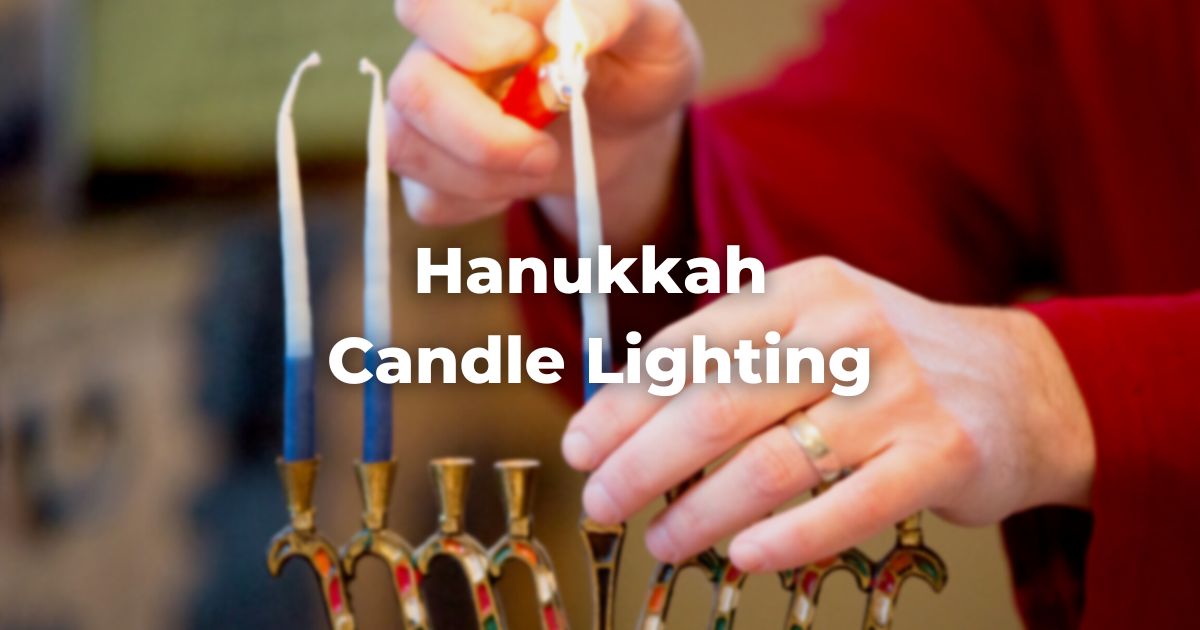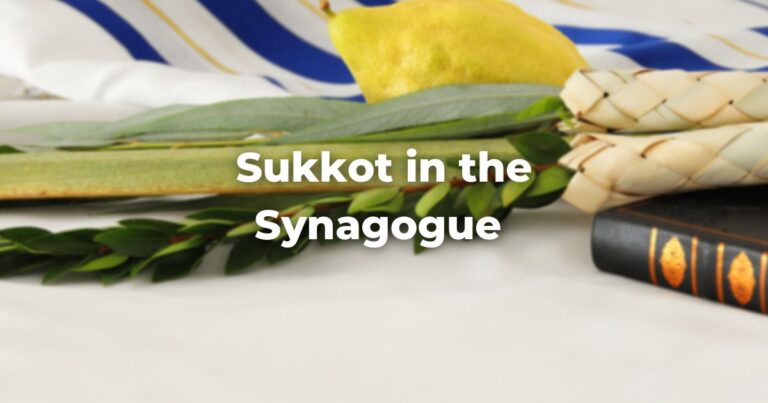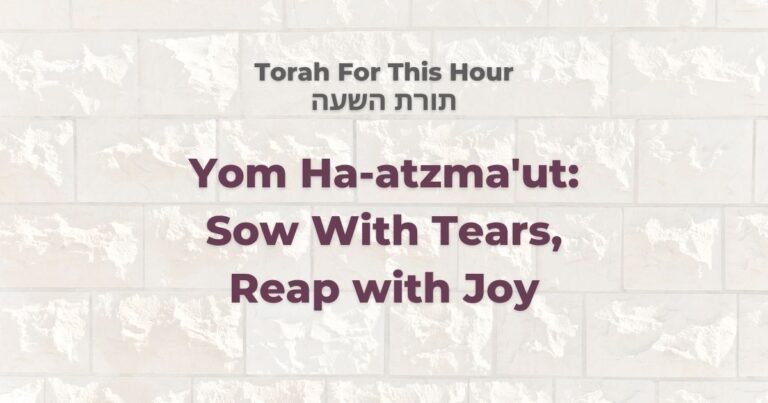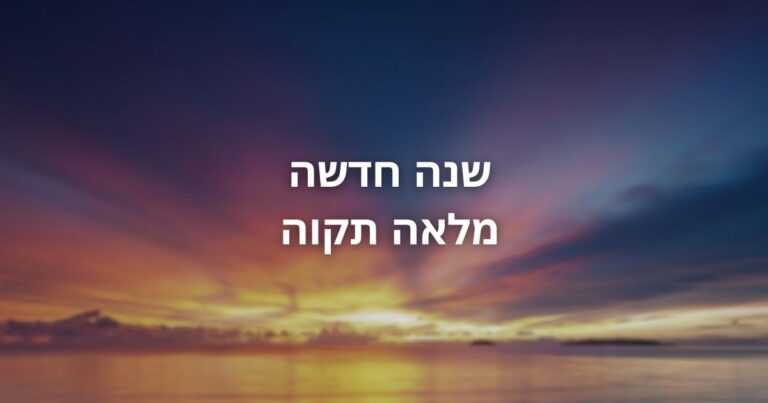How to light the Hanukkah Candles
Here is how to light your Hanukkah menorah, the Hanukkiyah, step-by-step:
Procedure
On the menorah, a single candle is usually separated from the others, commonly in the middle or on one side. We call this candle the shammash. We light this helper candle first, and use it to light the rest of the candles.
On the first night of Hanukkah, the shammash is used to light one candle. On the second night, it is used to light two, and so on, until all eight candles are lit on the eighth night of the holiday.
The candles are placed in the menorah from right to left as one faces the menorah, but are lit from left to right so that the first candle lit first is the one being kindled for the first time that evening (SA Orach Chayim 676:5).
Blessings
Click here for a Hanukkah Blessings 1-Pager from the Rabbinical Assembly.
After the shammash is lit, but before the rest of the candles are lit, three blessings are recited the first night, and two on each remaining night. These and the following prayers can be found in any standard prayerbook, like the Lev Shalem.
The first blessing is:
בָּרוּךְ אַתָּה ה׳ אֱלֹהֵֽינוּ מֶֽלֶךְ הָעוֹלָם אֲשֶׁר קִדְּשָֽׁנוּ בְּמִצְוֹתָיו וְצִוָּֽנוּ לְהַדְלִיק נֵר שֶׁל חֲנֻכָּה.
Barukh attah adonai, eloheinu, melekh ha-olam, asher kidd’shanu b’mitzvotav v’tzivvanu l’hadlik neir shel hanukkah.
Praised are You, Adonai, our God, Sovereign of the universe, who, sanctifying us with divine commandments, has commanded us to kindle the Hanukkah lamp.
The second blessing is recited in only two contexts in the course of the year, when we read the Book of Esther at Purim and on this occasion of lighting the Hanukkah candles:
בָּרוּךְ אַתָּה ה׳ אֱלֹהֵֽינוּ מֶֽלֶךְ הָעוֹלָם שׁעָשָׂה נִסִים לַאֲבוֹתֵינוּ בַּיָמִים הָהֵם וּבַזְמַן הַזֶה.
Barukh attah adonai, eloheinu, melekh ha-olam, she-asah nissim la-avoteinu ba-yamim ha-heim u-va-z’man ha-zeh.
Praised are You, Adonai, our God Sovereign of the universe, who wrought miracles for our ancestors at this time in ancient days.
Why is there a vav before “b’zman hazeh” at the end of this blessing? Learn more here.
On the first night of Hanukkah, a third blessing, the She-heḥeyyanu, is also recited:
בָּרוּךְ אַתָּה ה׳ אֱלֹהֵינוּ מֶלֶךְ הָעוֹלָם שֶׁהֶחֱיָנוּ וְקִיְּמָנוּ וְהִגִּיעָנוּ לַזְמַן הַזֶּה.
Barukh attah adonai, eloheinu, melekh ha-olam, she-heheyyanu, vekiyamanu, vehigiyanu lezman hazeh.
Praised are You, Adonai, our God, Sovereign of the universe, who has given us life, sustained us, and brought us to this occasion.
The candles are then lit.
After lighting the candles, it is customary to recite the paragraph Ha-neirot Hallalu, which makes explicit the purpose of our lighting the menorah and the prohibition of making practical use of the light it casts.
That is why we use the shammash in the first place, to guarantee that the light of the menorah is always mixed with other light, thus at least ensuring that it is never used all by itself for practical purposes.
This is followed by the singing of Ma·oz Tzur (Rock of Ages), the most famous of all Hanukkah songs.
You can find these and other Hanukkah songs here.
Publicizing the Mitzvah
If the menorah has been lit elsewhere, it should then be placed in a window, a doorway, or any place where it will visible from the street (SA Oraḥ Ḥayyim 671:5).
This is done because the express purpose of this mitzvah is to publicize the miracle that happened so long ago, an aspect of the mitzvah usually referenced with the Aramaic expression pirsuma d’nissa (literally, “the promulgation of the miracle”).
To share the light of our menorah with all who pass by is the fulfillment of this mitzvah.
Given that the newest candle should be the one the furthest left and that the point of the mitzvah is to publicize the miracle, the general custom is to light the menorah in the correct way for those looking at it from inside the house, then to turn it around to facilitate proper viewing from the street when it is on display.
The shammash should be allowed to burn with the rest of the candles and not be extinguished after use, because its presence also guarantees that the light of the “real” Hanukkah candles are not used for any other purpose without the admixture, at least, of some “permitted” light (SA Orach Chayim 673:1).
Lighting Candles on Shabbat
The menorah may be lit anytime after sundown, except on Friday evening when the menorah should be lit just prior to the Shabbat candles.
Special effort should be made on Friday night to make sure that the Hanukkah candles lit prior to sundown are long or thick enough to last well into the evening.
Other than on Shabbat, the candles may be lit into the evening for as long as there are people out and about in the street to see them burning (SA Orach Chayim 672:1).
Find Hanukkah candle lighting times here.
Adapted with permission from The Observant Life.
(Hanukkah has many spellings and is also spelled Ḥanukkah, Chanukah or Hanuka.)
Authors
-

-

The Observant Life: The Wisdom of Conservative Judaism for Contemporary Jews distills a century of thoughtful inquiry into the most profound of all Jewish questions: how to suffuse life with timeless values, how to remain loyal to the covenant that binds the Jewish people and the God of Israel, and how to embrace the law while retaining an abiding sense of fidelity to one’s own moral path in life. Written in a multiplicity of voices inspired by a common vision, the authors of The Observant Life explain what it means in the ultimate sense to live a Jewish life, and to live it honestly, morally, and purposefully. The work is a comprehensive guide to life in the 21st Century. Chapters on Jewish rituals including prayer, holiday, life cycle events and Jewish ethics such as citizenship, slander, taxes, wills, the courts, the work place and so much more.
View all posts






